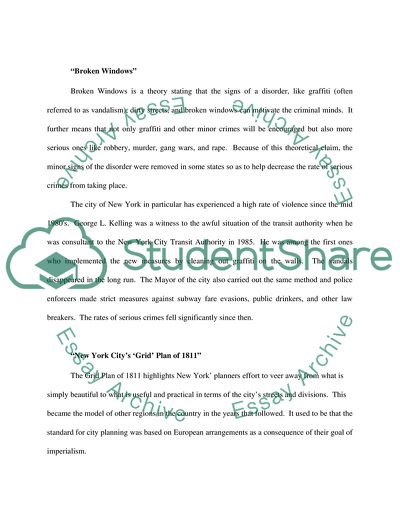Cite this document
(Politics of New York City Assignment Example | Topics and Well Written Essays - 2750 words, n.d.)
Politics of New York City Assignment Example | Topics and Well Written Essays - 2750 words. Retrieved from https://studentshare.org/politics/1723303-politics-of-new-york-city
Politics of New York City Assignment Example | Topics and Well Written Essays - 2750 words. Retrieved from https://studentshare.org/politics/1723303-politics-of-new-york-city
(Politics of New York City Assignment Example | Topics and Well Written Essays - 2750 Words)
Politics of New York City Assignment Example | Topics and Well Written Essays - 2750 Words. https://studentshare.org/politics/1723303-politics-of-new-york-city.
Politics of New York City Assignment Example | Topics and Well Written Essays - 2750 Words. https://studentshare.org/politics/1723303-politics-of-new-york-city.
“Politics of New York City Assignment Example | Topics and Well Written Essays - 2750 Words”, n.d. https://studentshare.org/politics/1723303-politics-of-new-york-city.


